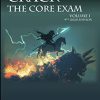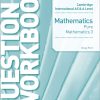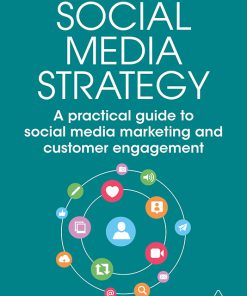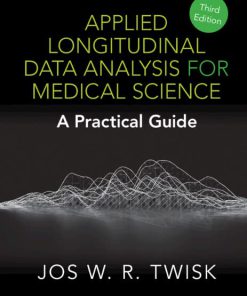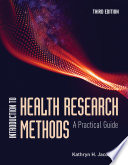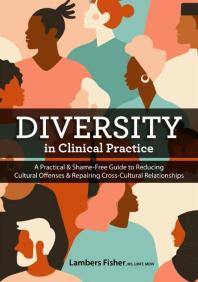Researching Communications A Practical Guide To Methods In Media And Cultural Analysis 3rd Edition by David Deacon, Michael Pickering, Peter Golding, Graham Murdock 1501316931 9781501316937
$50.00 Original price was: $50.00.$25.00Current price is: $25.00.
Researching Communications A Practical Guide To Methods In Media And Cultural Analysis 3rd Edition by David Deacon, Michael Pickering, Peter Golding, Graham Murdock – Ebook PDF Instant Download/Delivery: 1501316931, 9781501316937
Full download Researching Communications A Practical Guide To Methods In Media And Cultural Analysis 3rd Edition after payment
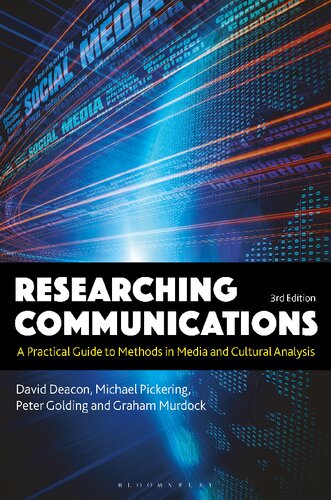
Product details:
ISBN 10: 1501316931
ISBN 13: 9781501316937
Author: David Deacon; Michael Pickering; Peter Golding; Graham Murdock
The new edition of the highly respected Researching Communications is a comprehensive and authoritative guide to researching media and communication. Researching Communications, Third Edition is an invaluable guide to performing and analysing research tasks, introducing the major research methods, giving detailed examples of research analysis and practical step-by-step guidance in clear language. Written by highly regarded experts in the field, the third edition includes new sections on social media analysis, digital research methods and comparative research, as well as updated case studies, international examples and details of recent developments in media and communication studies. Undergraduate and postgraduate media and communication students will find Researching Communications an invaluable resource at all stages of their course.
Researching Communications A Practical Guide To Methods In Media And Cultural Analysis 3rd Table of contents:
Chapter 1: Approaching research: Communications and contemporary life
Institutions
Cultural systems
Understandings and identities
Patterns of everyday life
Undisciplined study
The appliance of science: Positivism
Making sense: Interpretation
Choices and circumstances: Critical realism
Interventions and responsibilities
Chapter 2: Dealing with documentation
Taking advantage
Varieties of documentation
Primary and supplementary uses
Accessing Big Data
Using archives and collections
Working with the web
Gateways and search engines
Compiling a personal research library
Mapping existing research and debate
Getting stared: Locating sources
Media forms and contents
Everyday communications activity
International agencies
Networking
Getting down to work: Key questions
Texts and contexts
From principles to practice
Summary: Key points
Chapter 3: Selecting and sampling
Introduction: Samples and populations
Samples, populations and types of sampling
Sample error: Random errors and constant errors
Sample size
Non-response
Random sampling
Sampling frames
Simple random sampling
Systematic sampling
Stratified random sampling
Summary: Key points
Chapter 4: Asking questions
Introduction
Questioning styles
Question delivery
Strengths and weaknesses of questioning methods
Types of questions
Question ordering
Questions to avoid
Summary: Key points
Chapter 5: Handling numbers
Why you need to know about numbers
Levels of measurement
Data visualization: A new frontier?
Inferential statistics: Using numbers to ask wider questions
Cross-tabulations and multivariate analysis
Summary: Key points
Answers to Box 5.1
Chapter 6: Counting contents
Content analysis
Summary: Key points
Chapter 7: Analysing texts
Against academic apartheid
Semiotic analysis
Discourse analysis
Frame analysis
Summary: Key points
Chapter 8: Unpacking news
A sample news analysis
Guide to our method of operation
The limitations of textual analysis
Summary: Key points
Chapter 9: Viewing the image
From texts to images and back again
The camera: An unerring eye?
Icon, index and symbol
The photographic image
Cameraworks: Images and experiences
Images and words
Multimodal analysis: ‘All together now’
Being realistic
Altered images, digital deceptions
Moving images: From frames to flows
Images and sounds
Machine manipulations: Deep fakes
Summary: Key points
Chapter 10: Interpreting images
Case study 1: Everybody look what’s going down
Seeming to see
Case study 2: Watching the news
Texts and pretexts
A summary of our analytical steps
Summary: Key points
Chapter 11:Being an observer
Why observation?
Types of observational methods
The feminist critique
Structured experimental observation
Advantages of observational methods
Disadvantages of observational methods
Doing observational studies
Observing online: ‘Netnography’ and other approaches
The role of observation
Summary: Key points
Chapter 12: Attending to talk
Sites and styles of media talk
Recording talk
Oral history and the media
Preparing for the interview
Doing your oral-history interview
Assessing your evidence
Summary: Key points
Chapter 13: Taking talk apart
Talk as interaction
Conversation analysis
Discourse analysis
Talking heads: The political speech and television
First step: Data
Towards a conclusion
Summary: Key points
Chapter 14: Making comparisons
Introduction
Why compare?
Seeing time through space
Temporal comparison – then and now
Specificities and connections
Combining temporal and geographical comparison
Spatial comparison – here and there
Quantitative and qualitative approaches
The question of causality and the challenge of explanation
Sampling and spatial comparisons
Concluding comments
Summary: Key points
Chapter 15: Using computers
Digital data analysis
Knocking around numbers – IBM SPSS Statistics®
Summary: Key points
Chapter 16: Beyond methodology: The what, how and why of researching communications
What to research
Why to research
The ‘how’ of research
Communications research ethics in an online world
Relations with other researchers
Researching communications for what? A final thought
Summary: Key points
Glossary
Bibliography
Index
People also search for Researching Communications A Practical Guide To Methods In Media And Cultural Analysis 3rd :
practical strategies for technical communication a brief guide
introducing communication research paths of inquiry pdf
introducing communication research paths of inquiry
practical communications
practical strategies for technical communication pdf
Tags:
David Deacon,Michael Pickering,Peter Golding,Graham Murdock,Researching Communications
You may also like…
Business & Economics
Computers - Databases
Applied Longitudinal Data Analysis for Medical Science: A Practical Guide 3rd Edition Twisk
History - Military History
Business & Economics - Sales & Marketing
Uncategorized
Thinking Like a Political Scientist A Practical Guide to Research Methods Howard Christopher
Medicine
Introduction to Health Research Methods A Practical Guide 3rd ed 3rd Edition Jacobsen Kathryn H

